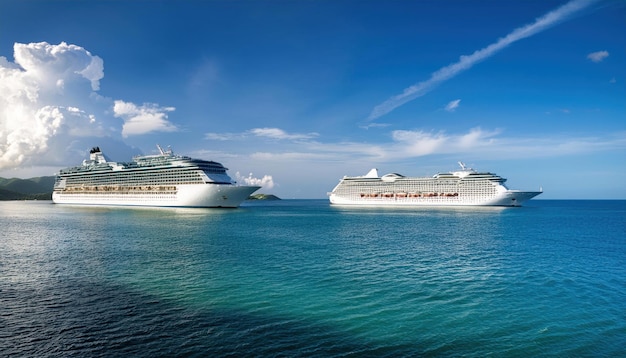The World’s Most Exquisite and Elusive Maritime Strongholds


Imagine suddenly encountering an island made of concrete or iron in the middle of the blue sea. These sea forts, constructed during the Victorian era or World War II for military purposes, served as shelters against Nazis or British ships. Standing tall and firm in the sea, many of these forts are open to visitors today.
One such tiny artificial island is situated off the coast of Kronstadt, near St. Petersburg, Russia. Known as Alexander Fort (also called Plague Fort due to the bubonic plague studies conducted there), the fort was built by the Russian Army between 1838 and 1845 to protect St. Petersburg. Although 103 cannons were installed inside, it never saw real battle. Since the founding of St. Petersburg in 1703, the Gulf of Finland held strategic importance for Russia, prompting the construction of several forts. This fort has an oval shape with a central courtyard, measuring 90 by 60 meters, and consists of three floors.
Spitbank Fort, built in 1878, was designed to repel French navy attacks on England’s south coast. Located in the Solent Sea between Portsmouth and the Isle of Wight, it no longer harbors the warlike spirit of two centuries ago. Today, what used to accommodate a hundred soldiers now hosts nine luxury suites, a hotel with spa, sauna, and jacuzzi on the roof, and several rooms for weddings, parties, and exclusive events for up to 54 people.
The Maunsell Sea Forts, small fortified towers built during World War II, stand in the Thames River’s bay. Named after their creator, Guy Maunsell, these forts aimed to prevent Germans from placing mines in the Thames (near London) and Mersey (near Liverpool) estuaries. Constructed in 1942, these forts later served as pirate radio stations in the 60s and even hosted a micronation called Sealand.
Fort Louvois, a seventeenth-century sea fortress, was built on a rock submerged during high tide between the islands of Oleron and Marennes, midway between Nantes and Bordeaux. Commissioned by Louvois, Louis XIV’s minister of war, it was constructed from 1691 to 1694 to defend the Rochefort naval arsenal. Designed in a horseshoe shape, it features a central tower protected by a drawbridge and moat, reminiscent of medieval castles. Today, Fort Louvois operates as a historical museum.
Another fort constructed between 1867 and 1880, about two kilometers from the Isle of Wight, aimed to protect Portsmouth. Previously a high-end private hotel, its new owners are planning a reopening soon. This fort, taller than Spitbank Fort, includes a heliport, four floors for receptions and parties, a cabaret, dining room for 200 people, lighthouse, and a spa with jacuzzi and sauna.